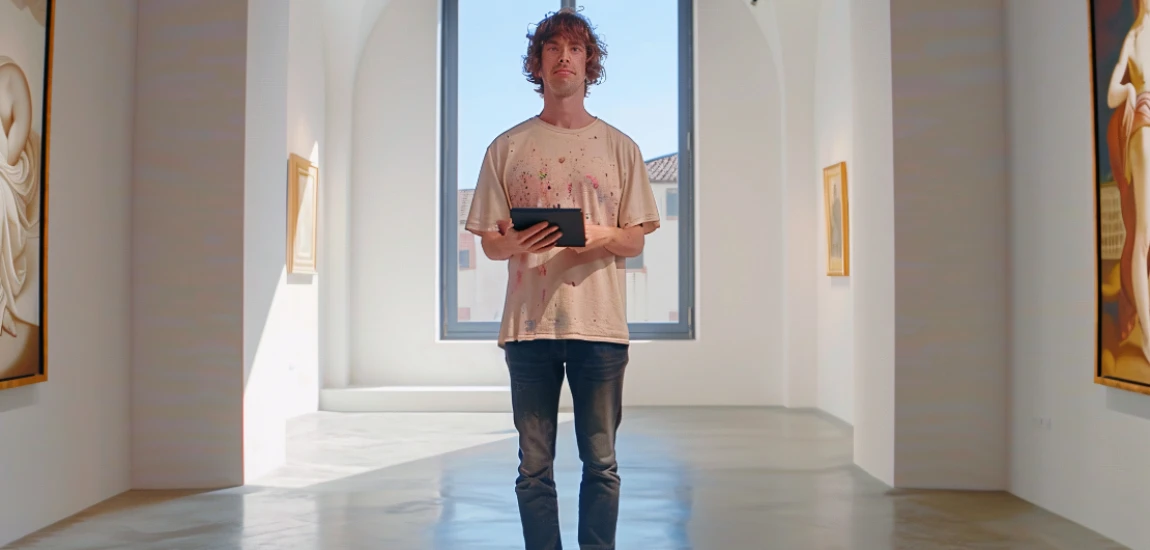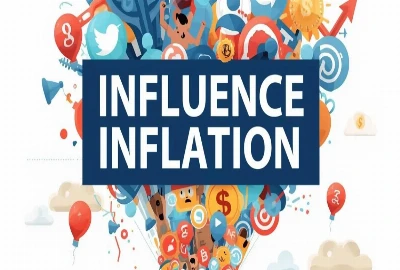Curated Chaos: The Aestheticization of Anxiety Online

In a world where feelings trend and vulnerability earns engagement, the internet has made anxiety not just relatable—but marketable. What was once an invisible struggle has become a visual language, packaged into calming color palettes, minimalist journaling shots, and soothing lo-fi playlists. But when distress becomes a design choice, what happens to the meaning of mental health itself?
This blog explores the aestheticization of anxiety online—how platforms, influencers, and even algorithms turn discomfort into content. We’ll look at the cultural forces behind this shift, the blurred line between authenticity and performance, and how to navigate the curated chaos without losing yourself in the process.
The Rise of the “Aestheticized” Mental Breakdown

The Instagrammable Meltdown
Anxiety no longer hides behind closed doors. It’s posted in softly lit selfies, captioned with poetic sadness, and paired with indie music that “understands.” Instagram and TikTok have made emotional vulnerability look cinematic—perfectly imperfect moments of despair that are somehow always filtered just right.
Turning Pain into Performance
What was once a private journal entry now becomes a public broadcast. The confession, once raw and cathartic, is edited for engagement. The internet rewards emotion that looks good—well-framed tears, relatable captions, and vulnerability that fits the feed.
The Cultural Shift Toward “Relatable Sadness”
This performative vulnerability signals belonging. In a culture overwhelmed by constant connection, displaying your pain online can feel like the only authentic move left. Yet, paradoxically, it’s also a performance shaped by aesthetic norms.
From Self-Care to Soft-Despair: When Wellness Becomes a Trend

The “That Girl” Illusion
The wellness aesthetic promises calm control: matcha mornings, minimalist homes, perfect skincare. But behind this curated serenity often hides burnout. The “that girl” routine sells balance but demands perfection—turning self-care into another task to master.
Commodifying Calm
The wellness industry, worth billions, thrives on insecurity. Anxiety becomes both problem and product. From lavender candles to mindfulness apps, serenity is marketed as something purchasable, not practiceable.
The Paradox of Perfectionism
When self-care becomes a standard to achieve rather than a personal act of healing, it ceases to soothe. The aestheticization of anxiety replaces authenticity with aspiration—making calm another brand of chaos.
Digital Minimalism and the Myth of Control

The Clean Feed Fantasy
Decluttering your digital life—curating minimalist feeds, unfollowing chaos—feels empowering. But sometimes, the aesthetic of minimalism becomes its own form of pressure. The feed may look clean, but the anxiety persists.
Control Through Curation
Online minimalism offers the illusion of control in an uncontrollable world. Carefully selected fonts, muted colors, and neutral tones become visual coping mechanisms—a digital feng shui for the anxious mind.
The Hidden Anxiety of “Aesthetic Order”
Ironically, the more one tries to control the aesthetic, the more anxiety grows. It’s an endless loop of deleting, editing, refining—seeking peace through performance.
The Algorithmic Appetite for Anxiety

When Platforms Feed on Feelings
Social media algorithms are emotional machines. They privilege content that provokes reaction—sadness, anger, empathy. Posts tagged with mental health hashtags perform well because they resonate deeply.
The Engagement Economy of Emotion
Likes and shares reward vulnerability. But the more engagement distress earns, the more creators feel pressure to produce it. Over time, anxiety becomes not just a subject but a strategy.
The Endless Scroll of Sadness
TikTok’s “sad girl” and “mental health” subcultures create feedback loops of melancholia—where users seeking comfort find endless mirrors of their own despair.
Branding Vulnerability: When Pain Becomes Profitable

The Influencer Economy of Empathy
Many creators turn their struggles into stories, and their stories into sales. Mental health influencers partner with therapy apps, skincare brands, and wellness startups—monetizing their emotions.
Authenticity as Currency
Audiences crave “realness,” but online authenticity is rarely raw. It’s edited, captioned, and timed for maximum relatability. Vulnerability becomes a strategy for engagement, not always an act of healing.
The Ethics of Emotional Branding
When trauma becomes content, it raises ethical questions: Who benefits from the visibility of suffering? The creator, the platform, or the audience consuming it as entertainment?
The TikTok Generation and the Aesthetic of Anxiety

Lo-Fi Loneliness
TikTok’s rapid cuts and soft music have birthed a new subgenre of content—quiet despair wrapped in cinematic aesthetics. Crying in your car. Journaling in candlelight. Aestheticized loneliness with background reverb.
“Sadcore” as Self-Expression
The #SadTok and #AnxietyAesthetic communities transform pain into art. These videos validate emotions but also normalize a perpetual state of sadness as part of one’s online persona.
The Normalization of Overwhelm
When millions share identical symptoms through identical trends, mental health discourse becomes diluted. Distress looks relatable—but also fashionable.
Pinterest Calm and the False Promise of Visual Serenity

The Mood Board Mirage
Pinterest thrives on visual escapism—clean desks, calm mornings, aesthetic quotes. Yet these images often mask the messy realities they supposedly soothe.
Serenity as Simulation
The platform encourages users to curate visual order as a coping mechanism. But this “visual therapy” risks replacing true introspection with image-based aspiration.
The Anxiety Behind the Calm
The quest for the perfect calming aesthetic can itself induce stress. Users compare their lives to idealized imagery that no one fully lives, only designs.
Meme Therapy: Laughing Through the Panic

Humor as Coping Mechanism
Anxiety memes offer a collective sigh of relief—proof that others feel the same dread. Humor becomes a survival tool in an overstimulated world.
The Irony of Relatable Suffering
Memes flatten the complexity of anxiety into quick, digestible bites. While comforting, they can also trivialize real mental health challenges by reducing them to aesthetic humor.
Digital Empathy or Desensitization?
When every scroll delivers another self-deprecating meme, empathy can become numbness. Laughter heals, but constant irony may dull the urgency to seek genuine help.
Coping, Curating, or Consuming? Navigating the Line

The Thin Line Between Expression and Exploitation
Sharing anxiety online can be healing—but it can also become self-surveillance. The desire for validation competes with the need for privacy.
Reclaiming Digital Boundaries
It’s possible to express vulnerability without aestheticizing it. Posting unfiltered thoughts in private journals, sharing selectively, or seeking offline outlets helps restore balance.
Building Healthier Digital Habits
Unfollow triggering accounts. Engage with creators who emphasize growth, not gloom. Curate your digital experience for nourishment, not numbness.
Beyond the Feed: Reclaiming Authentic Calm

Rediscovering Offline Peace
The antidote to aestheticized anxiety is not another app—it’s presence. Walking without photographing, resting without posting, feeling without framing.
Redefining Calm as a Practice, Not a Product
True calm isn’t captured; it’s cultivated. It’s inconsistent, imperfect, and deeply personal. Rejecting the performance of peace is the first step to finding it.
The Future of Digital Wellbeing
As audiences grow more aware of algorithmic emotional manipulation, a new wave of creators is pushing for “slow social”—mindful posting, intentional engagement, and honest imperfection. The next aesthetic might just be real peace.



